Space Image of the Day Gallery (December 2018)
Image of the Day Archives

For older Image of the Day pictures, please visit the Image of the Day archives. Pictured: NGC 2467.
Welcome to Space, Expedition 58!
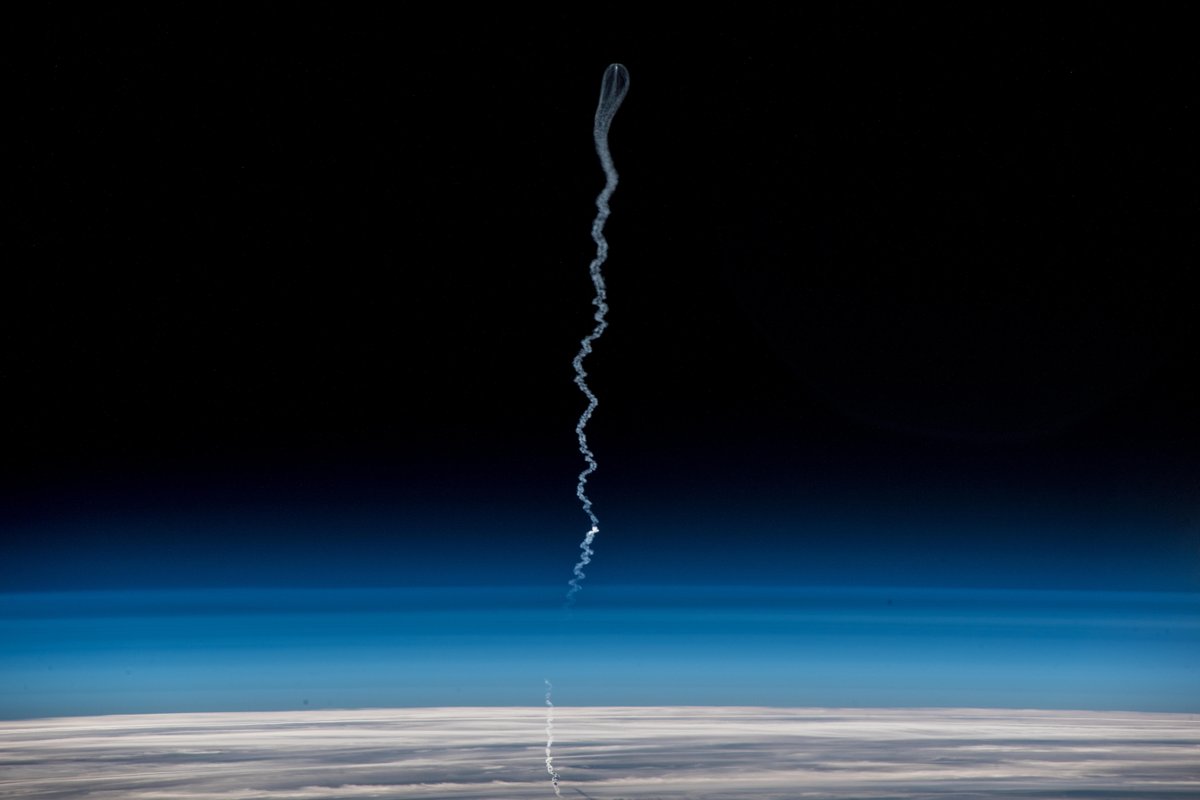
Monday, December 3, 2018: As a Soyuz rocket launched three Expedition 58 crewmembers to the International Space Station today, European Space Agency astronaut Alexander Gerst snapped this photo of the launch from on board the orbiting laboratory. This was the first crewed Soyuz mission to launch since the aborted Soyuz MS-10 launch in October. — Hanneke Weitering
Liftoff!
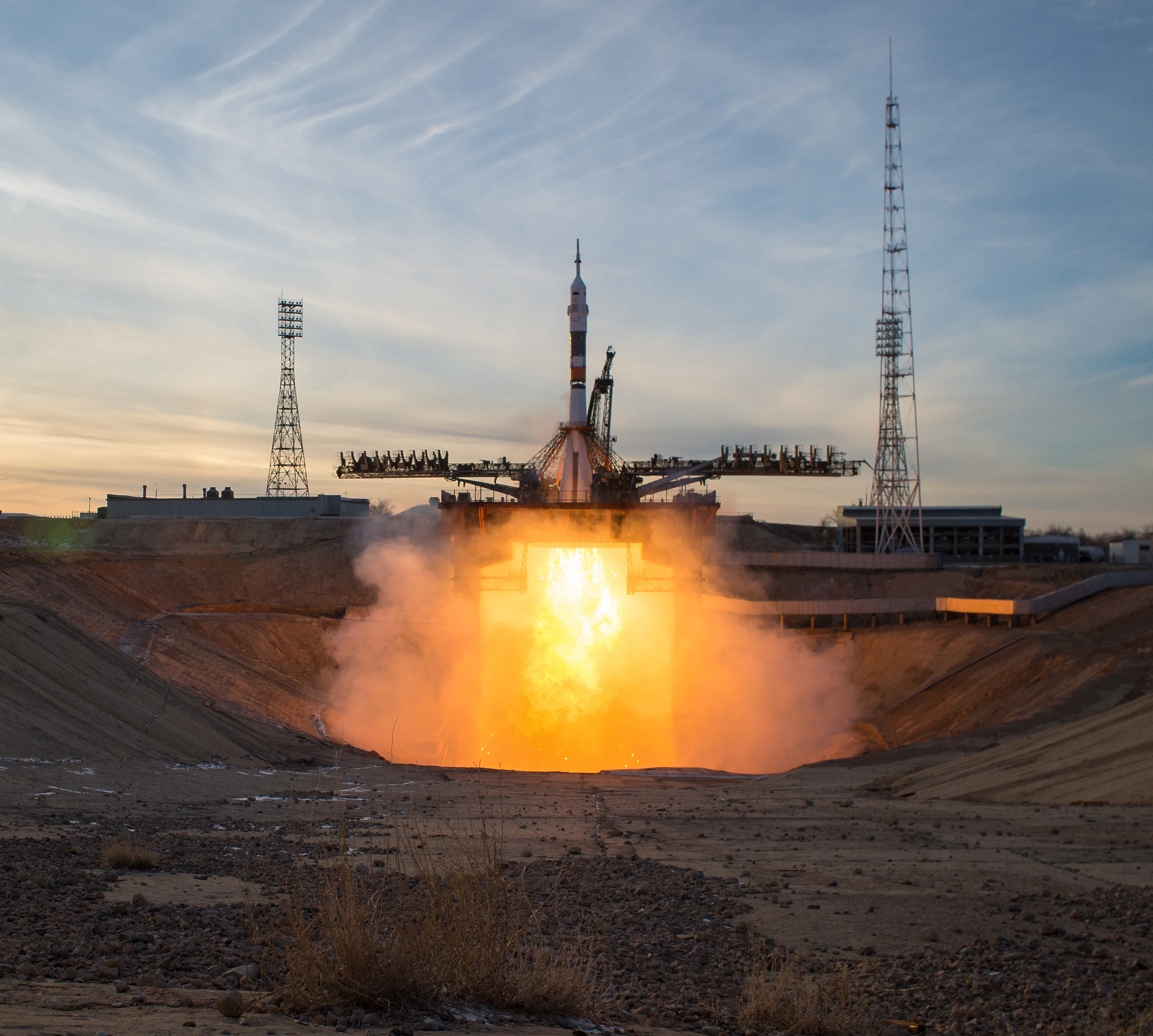
Tuesday, December 4, 2018: Flames spew from a Soyuz rocket as the booster fires its engines and lifts off from the Baikonur Cosmodrome in Kazakhstan on Monday (Dec. 3), carrying the crewed Soyuz MS-11 spacecraft. This was the first crewed launch to the International Space Station since the harrowing launch abort of the Soyuz MS-10 spacecraft in October. — Hanneke Weitering
Europa's First Light
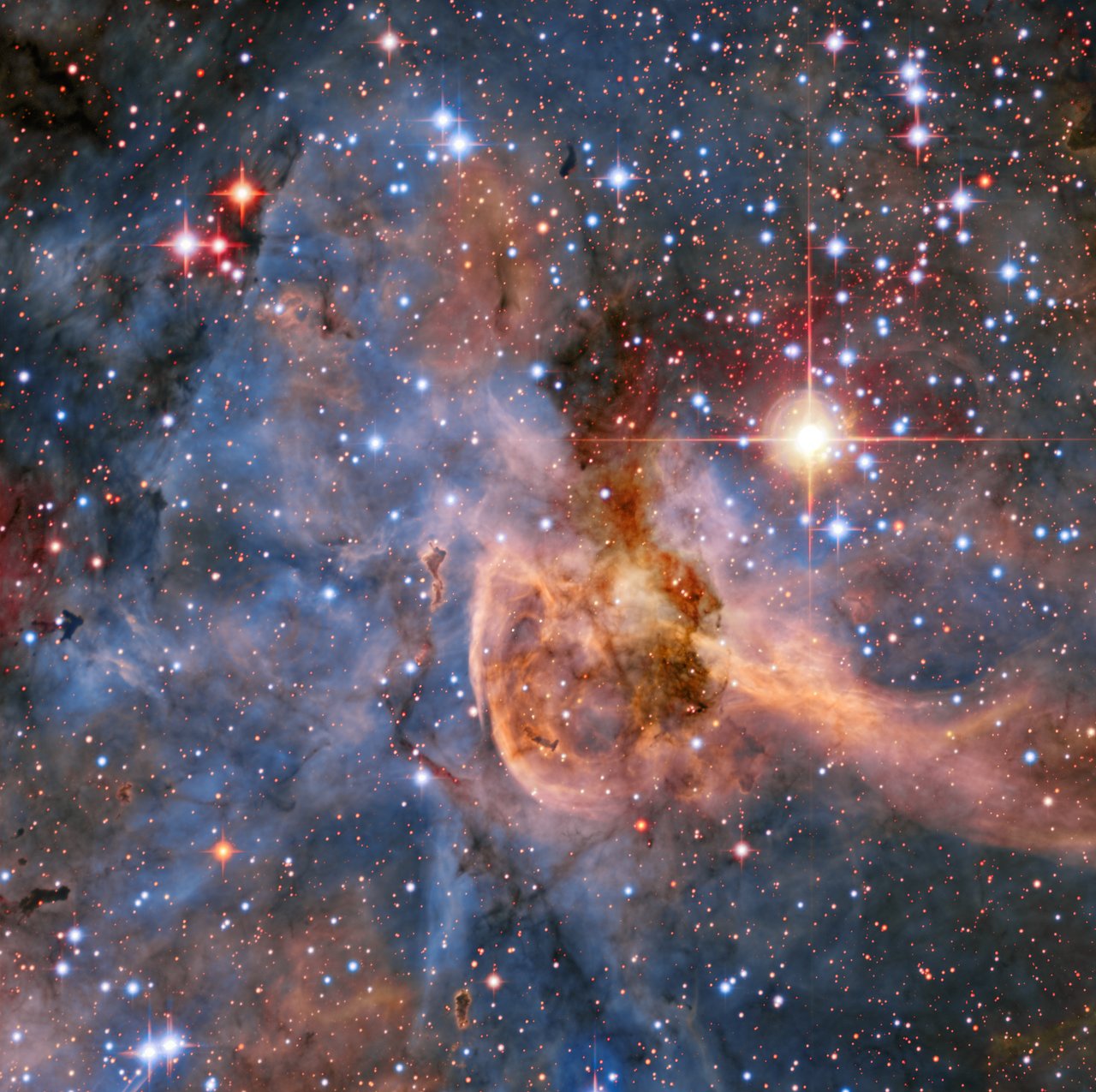
Wednesday, December 5, 2018: A new telescope facility at the Paranal Observatory in Chile has captured its very first images. Named the Search for Habitable Planets Eclipsing Ultracool Stars (SPECULOOS) Southern Observatory, the facility consists of four 1-meter telescopes — each of which is named after one of Jupiter's Galilean moons — that will search the cosmos for potentially habitable exoplanets orbiting ultracool stars and brown dwarfs. For its "first light" image, the Europa telescope captured this view of the Carina Nebula. — Hanneke Weitering
Flipping Orion

Thursday, December 6, 2018: NASA's Orion spacecraft bobs on its side in the Gulf of Mexico during a test of the crew module uprighting system on Monday (Dec. 3). The capsule is designed to launch astronauts beyond low Earth orbit using NASA's new Space Launch System (SLS) megarocket. Five inflatable bags on top of the capsule will enable it to flip over after splashing down, so the crew doesn't have to hang out upside-down while they wait for search and recovery teams to come get them. — Hanneke Weitering
A Close-Up of Jupiter's North Equatorial Belt
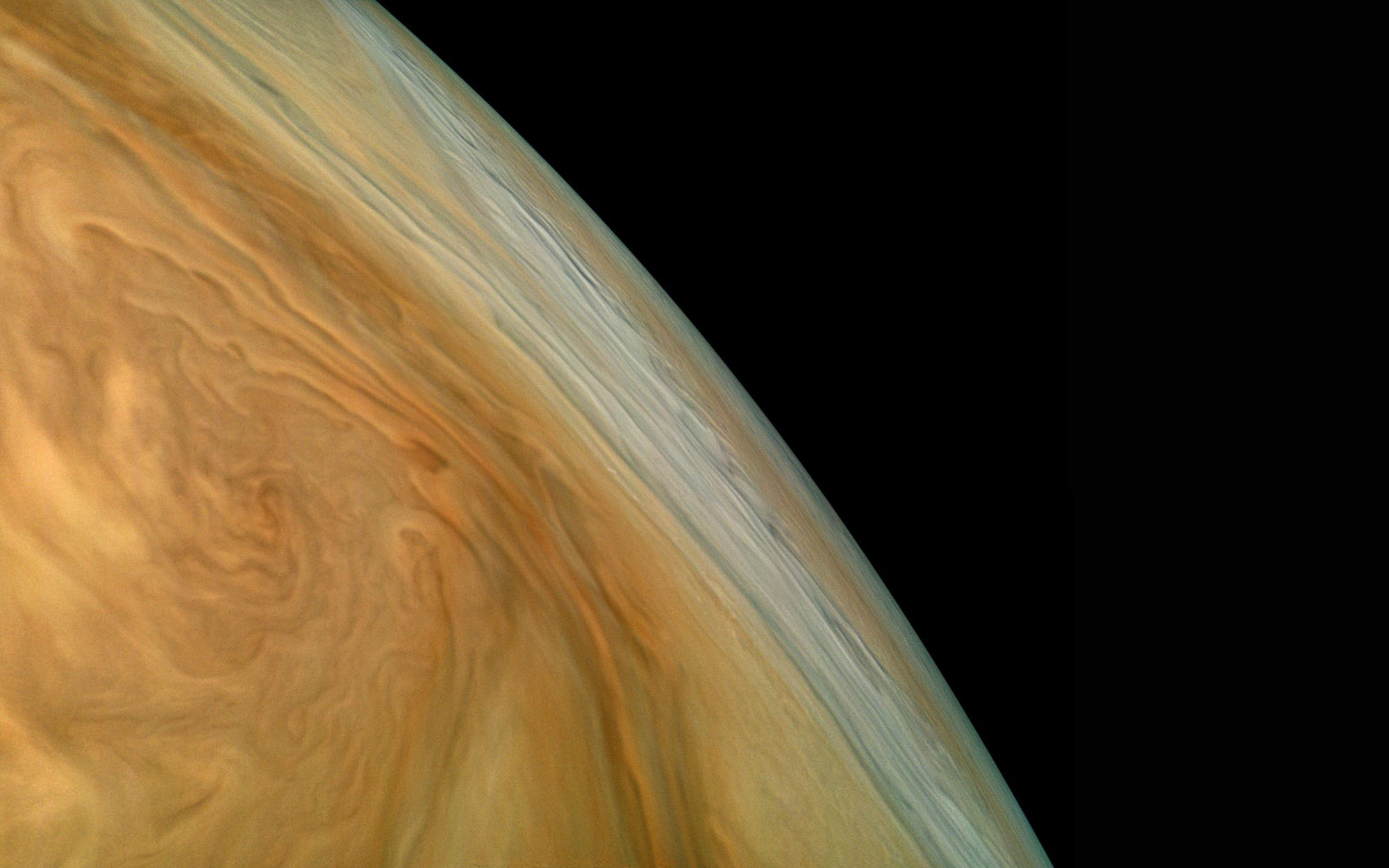
Friday, December 7, 2018: Jupiter's swirly atmosphere looks like a freshly stirred cappuccino in this new image from NASA's Juno spacecraft. Juno captured this image during a close flyby of the planet's North Equatorial Belt on Oct. 29. At the time, Juno was about 2,100 miles (3,400 kilometers) above Jupiter's cloud tops. — Hanneke Weitering
Seeing Double
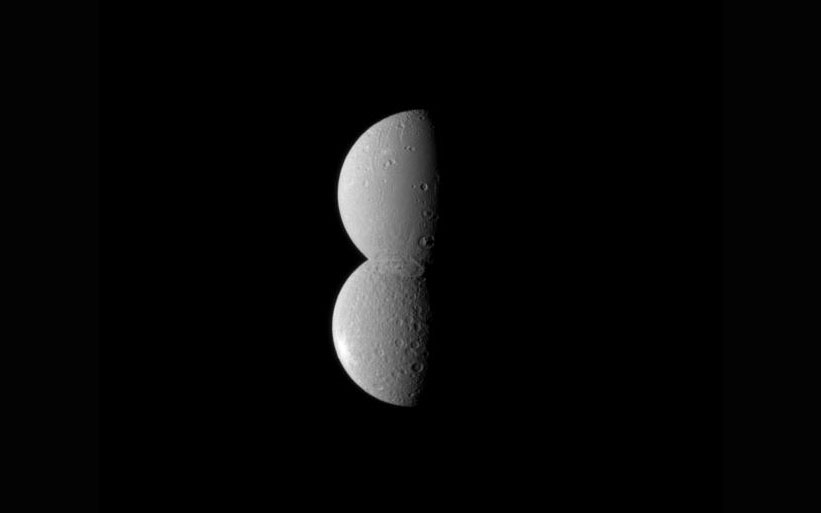
Monday, December 10, 2018: That's no moon — that's TWO moons! Saturn's moons Dione and Rhea look like conjoined twins in this newly released image from the late Cassini spacecraft. While the two moons look very similar from this angle, Dione (on top) is actually much smaller than Rhea. It appears to be the same size because it was closer to Cassini than Rhea was when this image was captured. — Hanneke Weitering
Get the Space.com Newsletter
Breaking space news, the latest updates on rocket launches, skywatching events and more!
Twin Rockets Launch in Norway
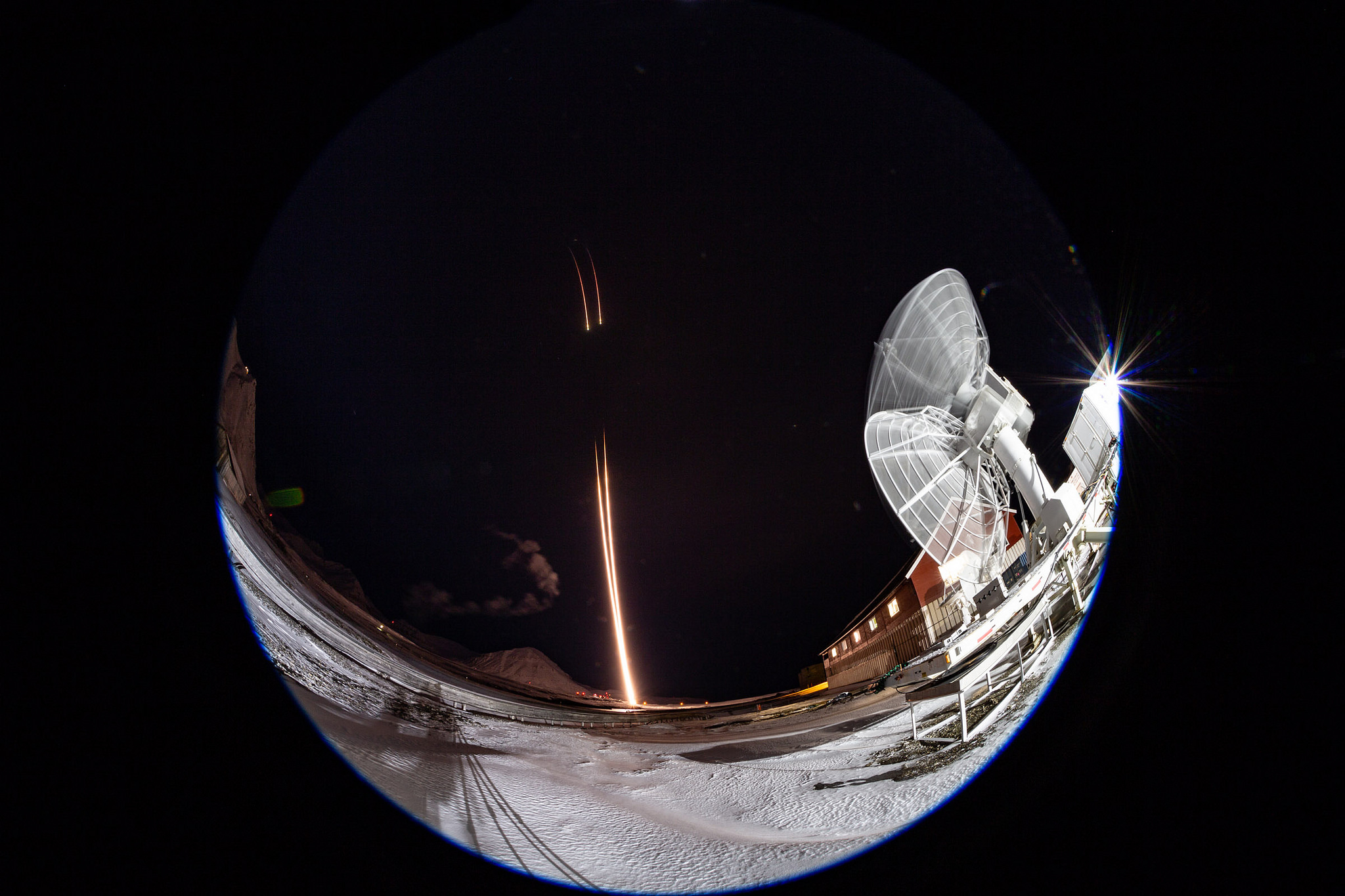
Tuesday, December 11, 2018:Two Black Brant X sounding rockets lift off side-by-side in this fisheye, timelapse photo captured from the world’s northernmost launch site in Svalbard, Norway. The mission, called Visualizing Ion Outflow via Neutral Atom Sensing-2 (VISIONS-2), is studying how Earth's atmosphere escapes into space. The two rockets lifted off two minutes apart on Dec. 7 at 6:06 and 6:08 a.m. EST (1106 and 1108 GMT). — Hanneke Weitering
A Stellar Couple

Wednesday, December 12, 2018: A glowing nebula surrounds the binary star system R Aquarii in this view from the European Southern Observatory's Very Large Telescope. Located 700 light-years from Earth, R Aquarii consists of a red giant star that is losing material to its companion, a hot white dwarf. Bursts of stellar material coming from the red giant contribute to the surrounding nebula, known as Cederblad 211. — Hanneke Weitering
Mercury Shines Through the Sun's Corona
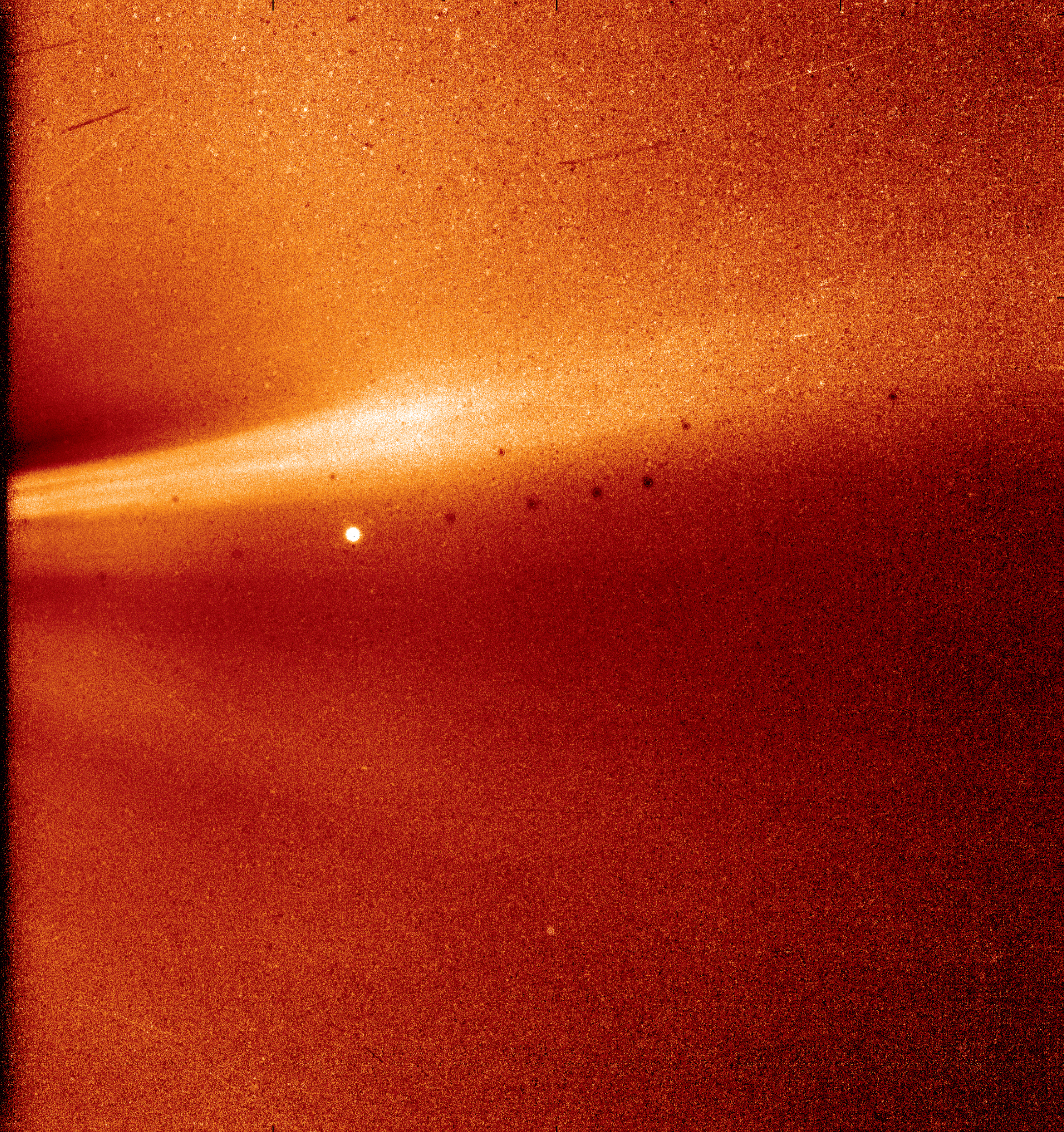
Thursday, December 13, 2018: Mercury beams through a bright streamer in the sun's atmosphere in this new image from NASA's Parker Solar Probe. Known as coronal streamers, this glaring feature indicates a region of increased solar activity. Parker Solar Probe captured this image using its Wide-field Imager for Solar Probe (WISPR) instrument on Nov. 8, 2018, when it was about 16.9 million miles (27 million kilometers) from the surface of the sun. The dark spots that form a straight line with Mercury are not planets, but a side effect of background correction. — Hanneke Weitering
Cosmonauts Take a Spacewalk

Friday, December 14, 2018: Russian cosmonaut Oleg Kononenko work outside the International Space Station to inspect a tiny hole that was discovered in a docked Soyuz crew capsule in August. He and his cosmonaut crewmate Sergey Prokopyev spent nearly 8 hours prodding, ripping and stabbing away at the spacecraft's exterior to expose the tiny hole during their spacewalk on Tuesday (Dec. 11). — Hanneke Weitering
Join our Space Forums to keep talking space on the latest missions, night sky and more! And if you have a news tip, correction or comment, let us know at: community@space.com.

Space.com is the premier source of space exploration, innovation and astronomy news, chronicling (and celebrating) humanity's ongoing expansion across the final frontier. Originally founded in 1999, Space.com is, and always has been, the passion of writers and editors who are space fans and also trained journalists. Our current news team consists of Editor-in-Chief Tariq Malik; Editor Hanneke Weitering, Senior Space Writer Mike Wall; Senior Writer Meghan Bartels; Senior Writer Chelsea Gohd, Senior Writer Tereza Pultarova and Staff Writer Alexander Cox, focusing on e-commerce. Senior Producer Steve Spaleta oversees our space videos, with Diana Whitcroft as our Social Media Editor.









